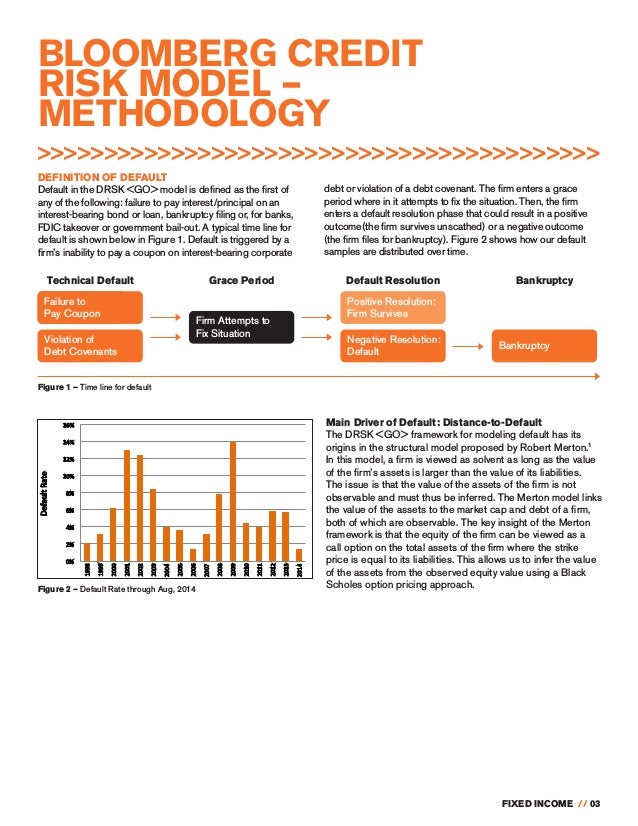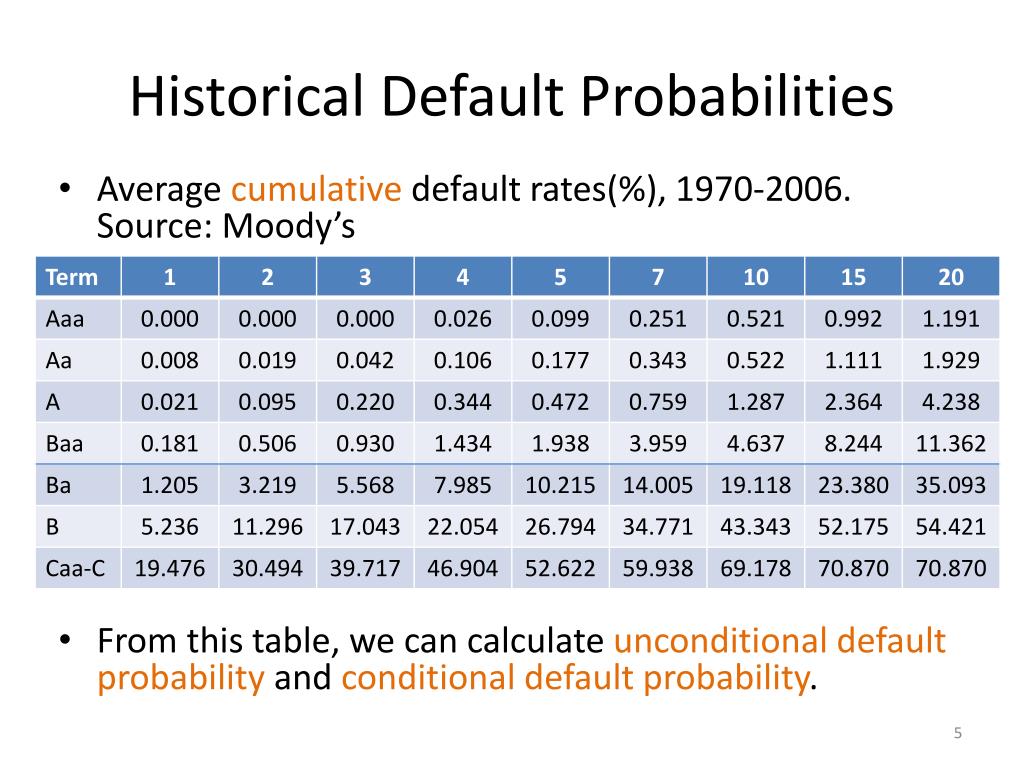

Thus, the concern remains that the probability of the Fed lifting its terminal rate forecast at the June Federal Open Market Committee (FOMC) meeting is significant, which could easily upset markets.Ĭentral banks in general remain on a hawkish trajectory, even those in countries that have already experienced significant rate hikes. However, it is not clear at all if these conditions will be met. Most importantly, if inflation is moving lower, the Fed can slow the pace of tightening, protecting economic growth. If growth continues to slow labor markets loosen, softening wage growth.

The extent of the move beyond “normal” will be highly data dependent, meaning how the economy is performing in late summer and early fall. Once the Fed gets rates to the 2.5-2.75% zone, the pace of rate hikes is likely to slow but continue. Chairman Powell has reiterated multiple times the need to “normalize” rates “expeditiously.” We take that to mean moving the Fed funds rate to a minimum of 2.5% this year with risks skewed higher. Central banks are highly likely to deliver what is priced into yield curves. Even though most of the bear market in rates is likely behind us, upward pressure from high (even if falling) inflation and rate hikes will keep bond yields elevated. Unfortunately, volatility is unlikely to go away. Euro-denominated corporate bonds (both IG and HY) put in a very poor performance on the back of increased ECB hawkishness, higher yields and poor inflation data. Indeed, while anticipating lower short rates is good for bonds, higher real yields and lower inflation is not for lower quality issuers. High yield corporates continued to sell off, not benefiting as much from an easing of Fed hawkishness. dollar bonds eked out positive returns for the month, while in general, fixed income returns were negative outside the U.S. These relative central bank assessments drove fixed income returns. Treasuries ran out of steam around the 2.75% level. As such, we were not surprised that the rally in 10- year U.S. It is also counterintuitive given the upward pressure seen in commodity prices (particularly oil and food) to think inflation expectations should improve so significantly. Nominal and real yields are usually highly positively correlated. During the month, real yields rose as nominal yields fell, implying a decline in inflation expectations. yields was somewhat anomalous, suggesting it is unlikely to continue. Treasury yields moved over 3% on May 5, a level perceived to be a bridge too far (for the health of the economy). Perceptions that inflation had peaked, economies were slowing, and the Fed was unlikely to raise rates by more than priced into yield curves gave a fillip to markets, especially once U.S. The Bank of Canada was particularly forceful in its comments about the need to do “whatever it takes” to get inflation down sooner rather than later. rate expectations softened (taking out one anticipated rate hike) relative to those in the rest of the world. Fed rhetoric remains one of “expeditiously” getting rates normalized while, for example, European Central Bank (ECB) members continue to harp on the need to quickly exit negative interest rate policy. Inflation data continue to show little signs of slowing sufficiently for central banks to relent on hiking plans. It was quite noticeable that in countries where monetary policy hawkishness weakened to some degree, bond markets did OK but in those countries where central bank hawkishness was maintained or intensified, bond yields continued to rise over the month. Yields in Europe rose significantly with German 10-year yields up 18 bps. ”, said David Carruthers, head of research at Credit Benchmark in London.Price action in the rest of the world’s bond markets was not so benign. “Germany’s massive stimulus package means that it needs to suspend its adherence to its self-imposed balanced budget rule, and the underlying probability of default at 1.24 basis points, puts it very close to being downgraded. Its stimulus plans may put those in danger. Germany agreed on Monday a package worth up to 750 billion euros ($808.43 billion) to mitigate the damage from the coronavirus outbreak to Europe’s largest economy, with Berlin willing to take on new debt for the first time since 2013.Īccording to research from Credit Benchmark, which collates the internal credit risk views of more than 40 financial institutions around the world, Germany has a consensus rating of AAA and a positive fiscal balance of 1.1%.

LONDON, March 27 (Reuters) - Aggressive spending to limit the damage inflicted by the coronavirus outbreak could put Germany’s triple-A credit rating at risk, according to research from Credit Benchmark.


 0 kommentar(er)
0 kommentar(er)
